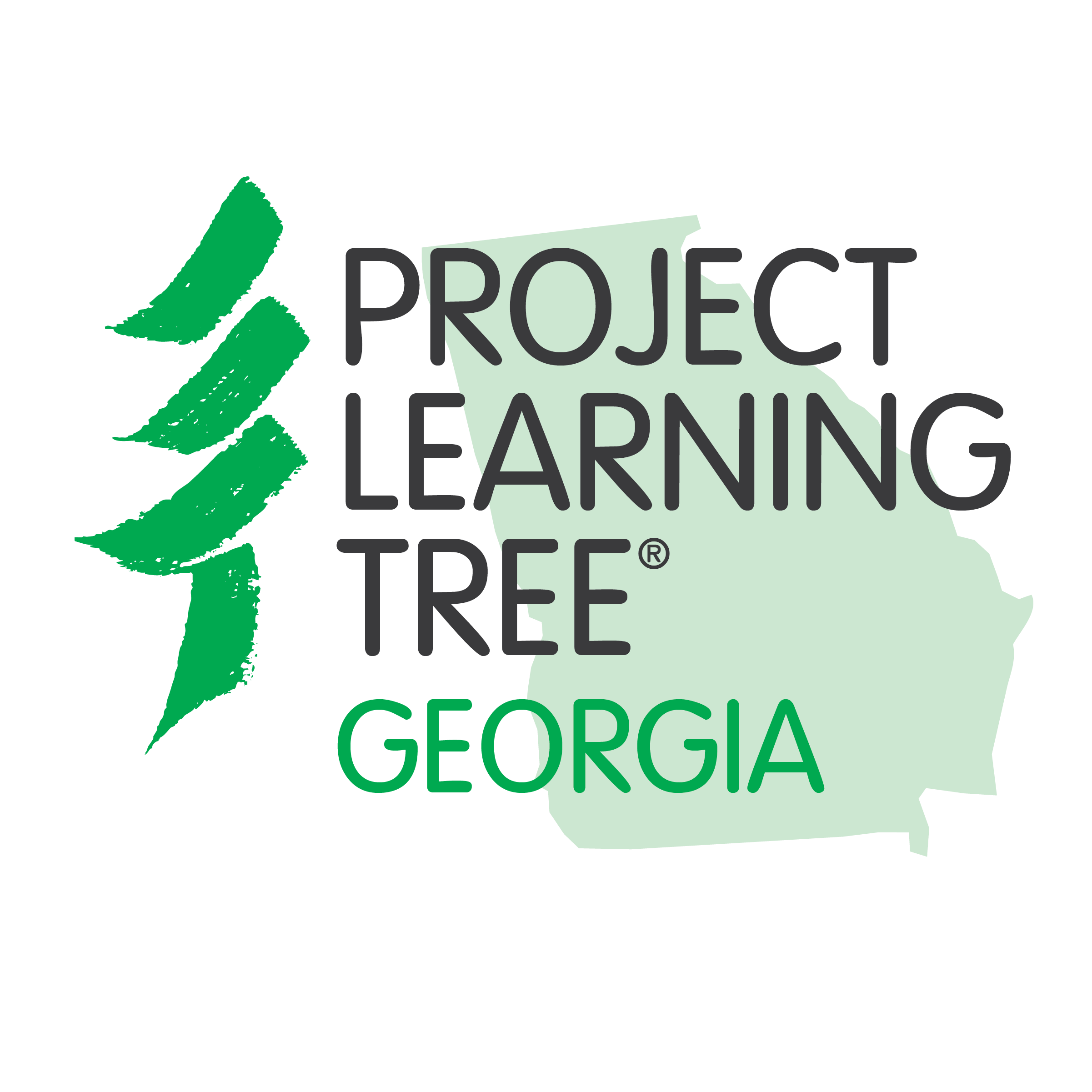
Do you know the importance of STEAM in education? STEAM stands for Science, Technology, Engineering, Art, and Mathematics, and according to the Georgia Department of Education, STEAM isn’t just an acronym. The stemgeorgia.org website tells us that, “STEAM education is a transformative approach to traditional teaching and learning that fosters creativity and innovative thinking in all students.”
Project Learning Tree incorporates the components of STEAM into each of their activities. The fourth grade scholars at J. L. Lomax have completed many Project Learning Tree activities involving STEAM in their classrooms. These scholars were able to extend their learning through the use of Project Learning Tree. Due to the success in learning and the level of student engagement, the teachers at J. L. Lomax took their scholars on a field trip to the STEAM Center at Valdosta State University to participate in a fun-filled day of Project Learning Tree activities.
Teachers at J.L. Lomax know that STEAM education is important for their scholars’ future, this made the choice of going to the STEAM Center a great learning opportunity. During this special trip, students experienced six different, hands-on immersive, mixed content lessons. These lessons came from the Project Learning Tree curriculum, where the goal is to help students “experience nature and learn about trees and forests.”
Would you believe that crayons, makeup, sunscreen, and even chewing gum, comes from trees? Students learned many items, such as the ones just listed, include an ingredient that comes from trees. Crayons, makeup, and chewing gum have sap products in them, while sunscreen and makeup both use cellulose from trees. Another more obvious thing that comes from trees is paper, and students on this trip got the opportunity to make it! Students had to strain pulp, press the water out of it, roll it flat, and then dry it, similar to what would happen in a real-life paper mill.
Students also learned about topics such as camouflage as a survival strategy. In the activity they pretended to be birds and searched for colored worms and bugs. They became water molecules and traveled through the water cycle, creating colorful bead bracelets to depict their travels. They turned into forest rangers and tried to save the forest from fires, in an energetic tag-related game. Then they even got to tour the STEAM center where they learned about the diversity of artists and their artwork.
Students will take the fun and knowledge gained on this trip, and remember the experience forever. And, as they STEAM through the rest of the school year, they will be able to apply the education concepts in the science, technology, art, and math classrooms.

